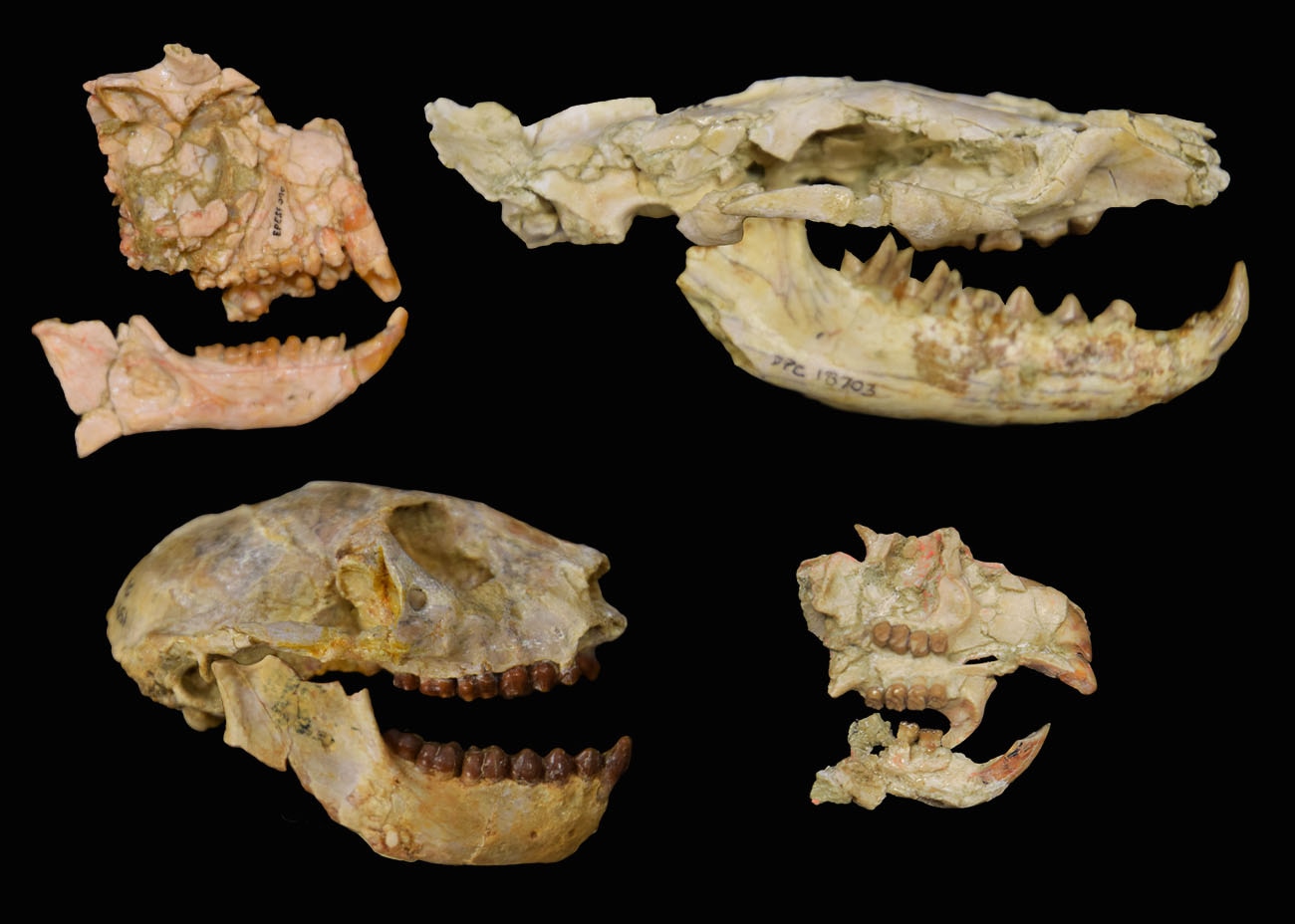Create a free profile to get unlimited access to exclusive videos, sweepstakes, and more!
How teeth saved humanity's primate ancestors from a secret sixth mass extinction
Take care of your teeth, we might owe them our existence.

We know of five major extinction events which wiped out huge swathes of the life on Earth, but it turns out there was another more recent event which almost stopped human ancestors in their tracks. This previously unknown extinction event among mammals was hidden from our view due to the relatively sparse fossil record in Africa from the time period.
Erik Seiffert from the department of Integrative Anatomical Studies at the University of Southern California, and colleagues, analyzed phylogenies (a sort of evolutionary family tree) of different mammal species and discovered a drastic reduction in diversity about 30 million years ago. Their findings were published in the journal Communications Biology.
“We’re trying to figure out how many of the lineages persisted through the Oligocene (about 34 million years ago) into the better sampled time periods of the Miocene, starting about 23 million years ago,” Seiffert told SYFY WIRE.
Unlike the more famous extinction events of Earth’s history, this one was a slow burn, happening over the course of about 4 million years. A series of events conspired to make what is now modern-day Africa less hospitable to the animals which lived there.
At the time, the African continent was situated farther south than it is today, much closer to Antarctica. Antarctic glaciation set in around that time, which resulted in a significant drop in sea level and overall cooling of the planet. The northern and southern parts of the continent became too cold for many species to live comfortably and they concentrated themselves near the equator.
Higher concentrations of different species all living together in the same place drove competition and it’s likely that those species which were already adapted for the region won out. That competitive pressure was exacerbated by persistent volcanic activity in the region, beginning about 31 million years ago. The ongoing climatic shifts, coupled with violent volcanic activity made the African continent a less than ideal place to live for quite a while.
Paleontologists knew there were extinction events happening in other niches around the world at the time, but the lack of robust fossil evidence for mammals in the region was a hurdle they set out to solve by tracing species backwards.
The thought process was, if there was very little extinction during this period, then those earlier species should have descendants which could be identified later on. Instead, they found the opposite. Most of the species present in the Miocene, which continued until about 5 million years ago, can trace back their ancestry to a relatively small number of common ancestors present in Africa between 28 and 30 million years ago.
“The only explanation for that pattern is that all of those species that were present before the cooling event must have gone extinct,” Seiffert said.
Analysis of the available data suggests that approximately 63% of mammal lineages in the region completely disappeared by about 30 million years ago. Thankfully, one of those which remained was a common ancestor between humans, apes, and old-world monkeys.
Seiffert and team made their determination by examining fossil teeth, which make up a large portion of the available fossil record from the time. Because teeth are so robust, as compared to other types of bone, they are more likely to survive and become fossilized. Those animals who survived this slow extinction largely had a particular type of tooth which helped them survive during difficult times.
“We see a tooth type that, relative to earlier species, has cusps and crowns and molars with fairly low relief and not very sharp crests. A very generalized tooth type capable of eating various types of food. It’s what you’d expect of an omnivorous primate that could have gotten by eating lots of different types of things,” Seiffert said.
Our ancestors’ ability to differentiate their diets was very likely the thing that helped them survive being squashed together with all sorts of new and different species while volcanic activity was decimating historical food sources.
Had things been a little different, you and I might not be here today. Luckily, our distant ancestors were able to hang tough through the hard times, even if only by the skin of their teeth.


























